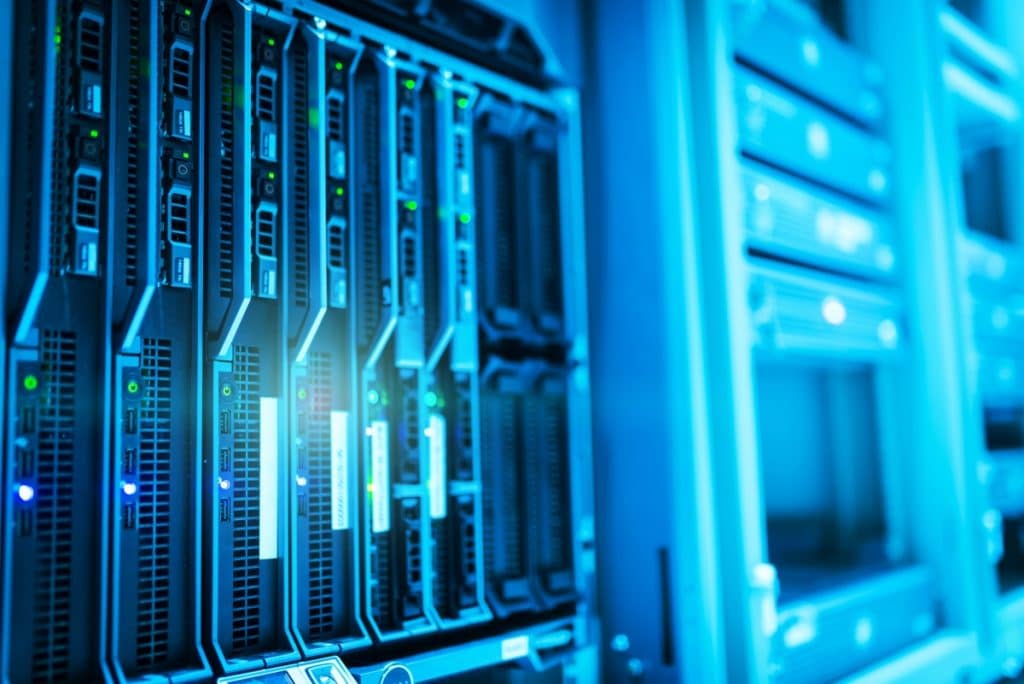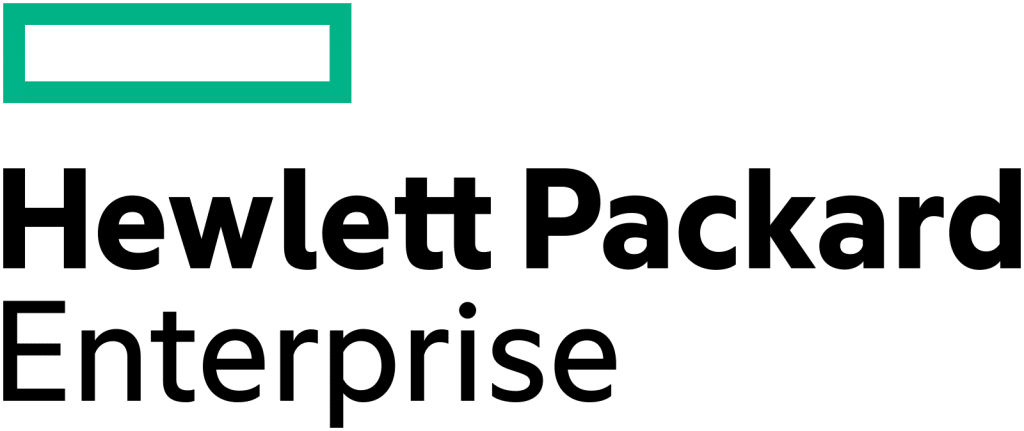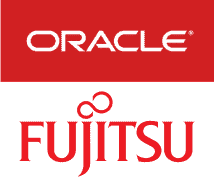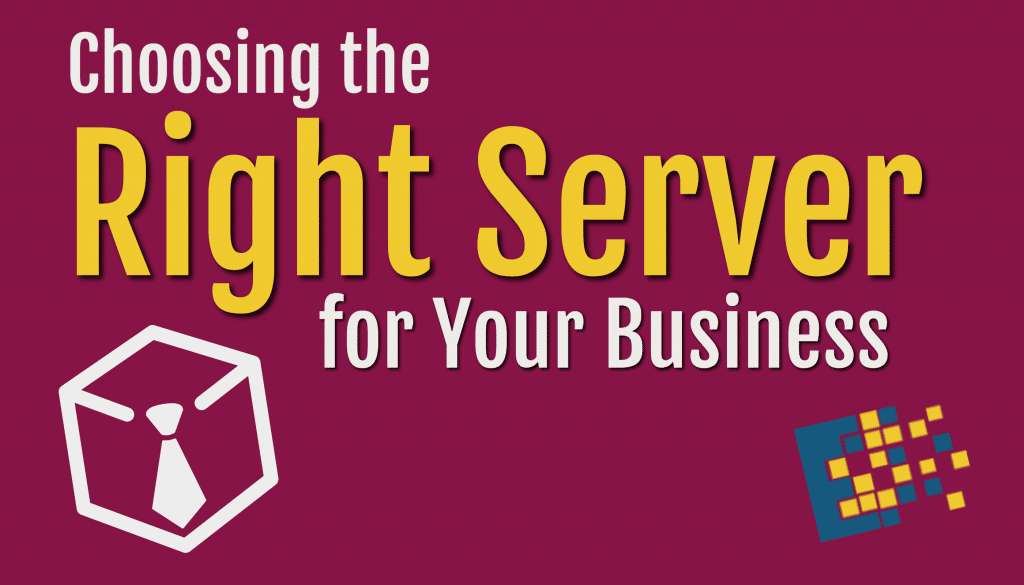Whether you are a small business trying to manage your applications, or a larger company trying to manage your applications, expanding your datacenter, adding security to your existing networking, choosing the proper server hardware can become a challenging process. While servers can do amazing things, they are not all created equally nor are they all designed for the same business functionalities. Some are built for specific tasks or software applications, while others can be built and tailored for the harsh environments that they can reside in. A business should not be required to pay for features within a server that they do not need to support their actual business usage. Using servers to centralize applications and business functions can actually lower costs for your business and streamline many internal functions. This article will serve as a guide for the various kinds of servers and their purposes. It will also help to evaluate your own IT infrastructure and desired configurations to help your business succeed.
Server Uses
A server’s purpose and performance requirements can range dramatically. The storage capacity, speed, and power requirements are all important factors to consider when choosing the right server for your business. They are an ideal place to store and share common data, centralize business applications, documents, company files and manage network access for employees.

Servers can also host local intranets for your company. This is an excellent future that can even further streamline your operations, expand access to the company’s knowledge base and in conjunction with other devices in granting you secure access to your data when needed on the go. Access to your data on the go can be a crucial feature in today’s business marketplace.
Enterprise Servers can be configured to automatically run backups of most devices in your network on a daily, weekly, or monthly schedule. Automation can configured to automatically run backups of most devices in your network on a daily, weekly, or monthly schedule. Automation of these tasks can save time and employee resources which in turn saves you money If one thing is certain in the IT world, it is that backups are the key to success in the event of an outage or natural disaster scenario. In addition to storing backups of your data and device configurations, a server can provide power redundancy in the event of a power supply failure. If one power supply were to fail, there is always another to carry the load until the malfunctioning one can be replaced. Similar redundancy functionality exists with the storage hard drives as well while leaving your backups and data safely. Using a server for these tasks can be far more secure, convenient, and reliable than other methods.

Servers are us…
Server Brands
Some of the most popular brands in the industry are HP, Dell, IBM, and Oracle Sun. Within each brand are a number of options, ensuring that your business can find what it needs somewhere within market.
Server Types
The main server types are rack servers, blade servers, and tower servers. These types of machine range are great for large workloads and virtualization. If you are looking for something that serves these same purposes on a lighter scale, you’d be more geared for a small home server machine.
Rack Servers
Pros:
Rack Servers are a common choice when you are creating a full IT infrastructure. When running multiple servers, rack mounts are convenient and efficient. They can be used together to create one large infrastructure or can be used separately as different locations. Rack servers are a great way to save space while maintaining flexibility. Because rack servers are expandable in configuration and can be so easily used together, they allow for easy expansion or reduction.
These servers are often cheaper than blade servers, making them a cost-conscious option.
Rack servers can range from 1U to 7U (1U = 1.7 in. thick). A standard rack is 42U high, leaving plenty of room for expansion. Another bonus to choosing rack servers is that they do not necessarily have to be rack mounted. They can be placed anywhere and therefore, will not always require more extensive cooling.
Cons:
However, when racked, these servers still need proper cooling and require more attention than other server types because they run so close in proximity. They are best when kept in a climate controlled area.
Rack setup and management can also be a challenge. Rack-mount systems often use rail kits, which allow you easier access to your machines. While they are a convenience or even a necessity when using certain USB ports or using a mouse and keyboard with your server, they can be a hassle when in need of adjustment. Whenever you add to or subtract from your rack, you may need to install or remove rail kits. This is also true if you change server sizes. Generally 1U – 3U servers may be used with a rail kit, while 4U – 7U will be mounted directly to the rack for weight reasons. However, there are some rail kits designed for the larger servers.
Rack Servers from Favored Brands
HP Proliant Series Servers
 The HP Proliant series offers a range of servers to fit your requirements. One example would be the HP Proliant DL380p Generation 8. This server is designed to handle enterprise-level demands. It offers high processing power and reliable uptime. The 380p G8 model allows for speed and performance when running large applications managing company and customer data.
The HP Proliant series offers a range of servers to fit your requirements. One example would be the HP Proliant DL380p Generation 8. This server is designed to handle enterprise-level demands. It offers high processing power and reliable uptime. The 380p G8 model allows for speed and performance when running large applications managing company and customer data.
The HP Proliant DL380p G8 offers ease-of-use and simplicity in management and updates. HP Smart Update Manager keeps software and firmware current and maintained. These features make the DL380p G8 an excellent choice for your datacenter.
The HP Proliant DL380p Generation 8 is a high-performance server designed for heavy business applications and data. This model rack server offers increased storage capacity and memory speeds. It provides optimal power in an energy-conscious way.
The DL380p G8 model is an industry favorite. Its 2U, 2 processor design makes it a space saving powerhouse. Its features combined with the trusted HP performance make it a worthwhile networking investment.
Dell PowerEdge Series Servers
 The Dell PowerEdge server series is a trusted choice for any business. The high-performance series offers a range of options to fit your requirements. The R720 is one server that is designed to handle large workloads with speed and efficiency.
The Dell PowerEdge server series is a trusted choice for any business. The high-performance series offers a range of options to fit your requirements. The R720 is one server that is designed to handle large workloads with speed and efficiency.
The Dell PowerEdge R720 is capable of next-gen virtualization and networking options. This server allows for easy expansion and maintenance. The R720 model provides some of the latest technologies and capabilities.
Sun SPARC Series Servers
 Oracle/Sun servers are designed for enterprise environments. They are generally more focused on security and managing large business applications and databases. The Sun SPARC T4-1 Server delivers speed and performance to optimize your applications. This 2U rack server offers built-in virtualization technology and increased response times to improve productivity.
Oracle/Sun servers are designed for enterprise environments. They are generally more focused on security and managing large business applications and databases. The Sun SPARC T4-1 Server delivers speed and performance to optimize your applications. This 2U rack server offers built-in virtualization technology and increased response times to improve productivity.
The T4-1 supports large Flash storage and offers reliable security in an efficient way. This machine is an ideal choice for managing business applications in a compact design. Increase the capabilities of your network with the SPARC series.
As you can see, each brand and series may offer a server that is specialized for your environment or tasks. You can also use custom configuration to better meet your needs.
Tower Servers
Pros:
Tower servers are usually less intimidating than some other server types. Towers are far less expensive than a rack-mount system. They can be placed almost anywhere and can even be fitted into a rack. They do not require any extensive cooling systems and are fairly quiet. Tower servers can be configured to run quickly with plenty of RAM, and can also offer virtualization options. Tower servers come with the same operating system choices as rack and blade servers do, including various flavors of Windows and Linux. A desktop PC can also be used as a server if it has the required hardware. Because these servers are less expensive and serve more general purposes without custom configuration, they are more practical for a small businesses and applications.
Cons:
Tower servers look very similar to desktop towers. So, while they are less expensive than most rack servers, they are not as space conscious if you are hoping to build up an infrastructure. When using a desktop PC tower as a server, it must be configured with the proper hardware to support its purposes. Rack servers are generally designed for a specific purpose, and are therefore already built with the proper hardware.
Example:
Processor
- One Dual-core Intel G1101
- One Dual-core Intel G6950
- One Dual-core Intel i3 500 series processors
- One Quad-core Intel 3400 series processor
Memory
- Up to 32GB (6 DIMM slots): 1GB/2GB/4GB/8GB DDR3
- Up to1333MHz
Storage
- Hot-plug Hard Drive Options:
- 2.5″ SATA SSD, SAS (10K)
- 3.5″ SAS (15K, 10K), nearline SAS (7.2K), SATA (7.2K)
- Cabled Hard Drive Options:
- 3.5″ SAS (15K, 10K), nearline SAS (7.2K), SATA (7.2K)
- Maximum Internal Storage:
- Up to 8TB
Drive Bays
- Cabled or Hot Swap options available:
- Cabled HD options:
- Up to four 3.5″ SAS or SATA drives
- Hot-Swap HD options:
- Up to four 3.5 SAS or SATA
- Up to four 2.5 SAS or SSD drives
Slots
- 5 PCIe G2 slots:Two x8 slots
- One x4 slot
- Two x1 slots
Blade Servers
Pros:
Because of the blade system chassis, installing a new server is as simple as sliding in a new blade. The chassis provides connectivity for other devices, input-output, cooling and power. Other network components, such as firewalls and switches, can be installed within the the blade server enclosure. The whole system can also be installed into a rack. Cable management can be a stressor when it comes to IT infrastructure, but because there are no new cables, blades can be very organized and convenient. A blade system can be a great way to build up a powerful infrastructure for a medium to large business.
Cons:
While Blade Servers, like Rack Servers, can work together and are generally a space-saving way to build a powerful infrastructure, they are instead held in a set chassis. This, unfortunately, creates a “vendor lock-in.” With a rack server, you can choose a server from Vendor A, storage from Vendor C, and switches from Vendor B. With a blade server, all parts must be from the same vendor. Therefore, if you hope to change something about your setup, you must change everything, which can be very expensive. The upfront costs can also be very high, as you must purchase the enclosure, along with other shared components.
Example:
Dell PowerEdge M620 Blade Server
PowerEdge Blade Servers are designed for virtualization and hyper-dense environments. They work to improve operational efficiency and productivity. They offer flexibility and lower maintenance costs. They also provide load-balancing and lower power consumption benefits.
Choosing the Right Server
While choosing a server can be a big decision, it is a sign that your business is growing! This article can serve as a guide to understanding the differences in servers. If you are a small business looking for one or two general servers, tower servers may be the way to go. If you are hoping to build an infrastructure with massive scalability, rack servers may be the right choice for you. Blade servers can also be a great way to build up a powerful infrastructure, but cost of implementation or change must be considered.
If you have any further questions or would like to learn more about IT infrastructure, feel free to contact our expert engineers. We will walk you through the features and customization options of a range of servers from a number of brands. We will also help you to plan for your company’s current and future IT requirements. Check us out at ccnytech.com or call 315-724-2209.
 CCNY Tech is an IT sales and services company. For over 25 years, CCNY Tech has been supplying IT equipment as well as providing maintenance and IT recycling services. Partnering with some of the top brands in the industry, they are experts in equipment and custom configurations. CCNY Tech IT professionals provides custom solutions to businesses of all sizes. Learn more at ccnytech.com.
CCNY Tech is an IT sales and services company. For over 25 years, CCNY Tech has been supplying IT equipment as well as providing maintenance and IT recycling services. Partnering with some of the top brands in the industry, they are experts in equipment and custom configurations. CCNY Tech IT professionals provides custom solutions to businesses of all sizes. Learn more at ccnytech.com.
